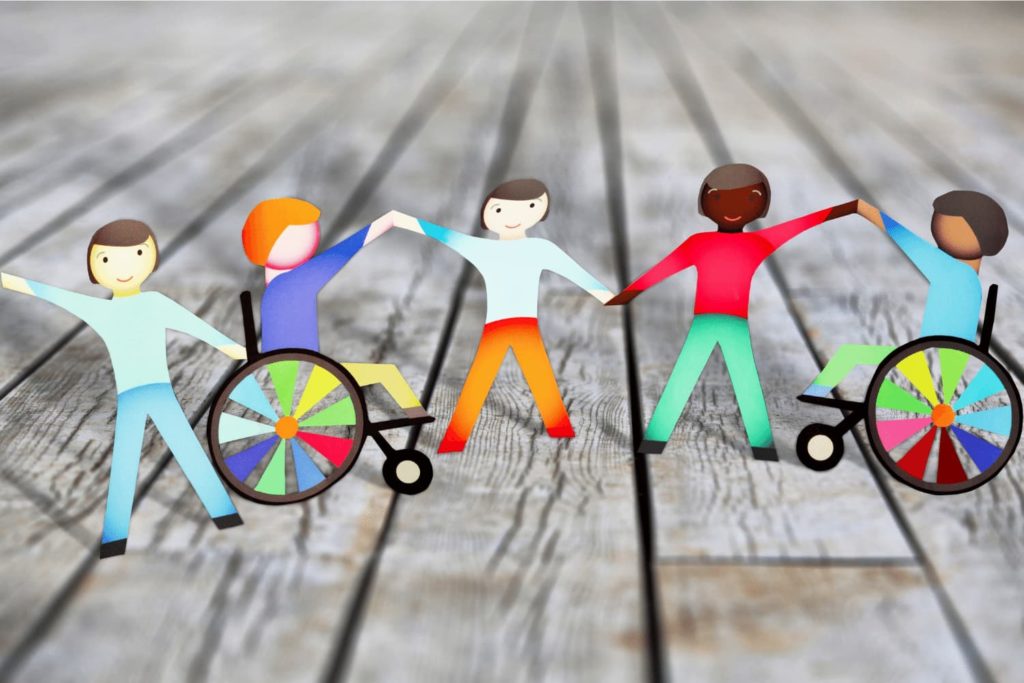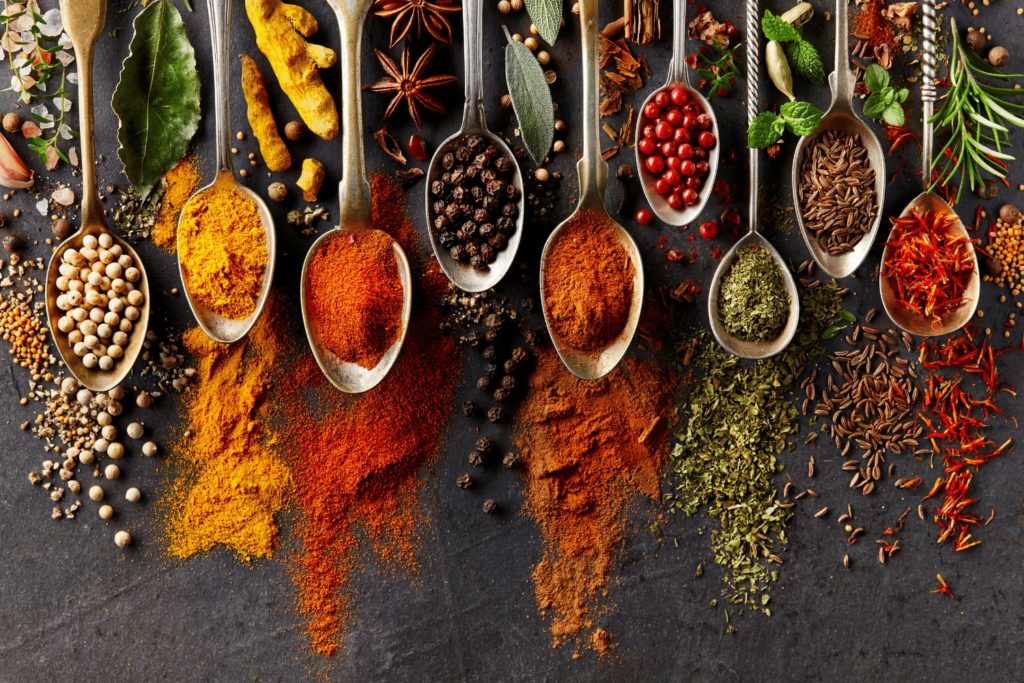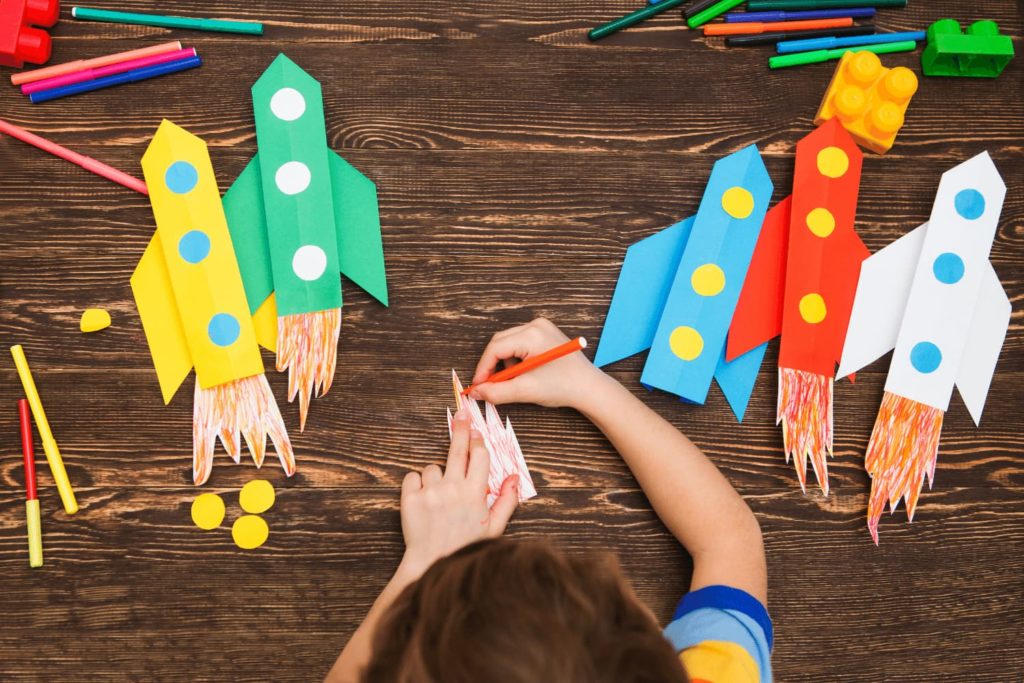
Inclusion is Creative, Prejudice is Not
I take most topics that arise in public discourse these days as opportunities to think about creativity. With the prominence of racially motivated violence in our society recently (and always), along with all types of discrimination at the forefront of cultural and political rhetoric, the close connection between discrimination and a lack of creativity has come into startling relief for me. Flipping the relationship to the positive, I am increasingly convinced of the strong connection between creativity and inclusion.
I want to be clear from the beginning that this post is not about connecting creativity to inclusion in order to make myself feel good in a fraught political moment or because it might be seen as “the right thing to say.” This is not a fluff piece about “togetherness,” but rather a real exploration of creativity and its cognitive processes in order to posit the correlation between inclusion and creativity, as well as the association of their opposites.
Defining Creativity Through Connections
In the popular imagination, people are thought of as creative if they like to paint or are into crafting. It is understandable that we connect creativity to the visual arts as this is often how we are first introduced to the concept. The reality is that creativity is a quality that can manifest itself in any realm of life. To look at the concept more expansively, we may define creativity as the ability to make new connections that are somehow useful. An example of creativity in the kitchen illustrates the point.
I always make a vegetable dish with the same herbs and spices, because that’s the way my parents taught me to make it and the way that I have always done it in the past. One day, inspiration strikes, and I decide to use a different combination of flavors. In terms of creativity, it is easy to see how this is a new connection, because I have not used the particular seasoning combination in the past. It is also a useful or productive connection in at least two respects: 1) the dish turns out to be delicious, and 2) it allows me to use up some spices that have been unappreciated (and possibly going stale) in my cupboard.

If creativity is not just a quality of the visual arts, but rather one that can be applied in any realm of life, then we can deduce that all people have the possibility of being creative. In many ways, innate creativity is an equalizer: everyone, regardless of race, ethnicity, gender identity, sexual orientation, physical shape or ability, profession, social class, etc., have access to creativity. At the same time, we instinctively know that there are some people, regardless of their identity categories, that express their creativity to a greater degree than others. All children are creative, and yet as we grow up, some people maintain high levels of creativity, while others only occasionally access their imaginative thinking. Everyone is creative, but not everyone allows themselves to be creative to the same extent. Furthermore, individuals don’t always have the same access to their personal creativity in all moments of their lives. Why is that?
Creative Thinking and the Brain
The brain science of creativity is a fascinating and complex topic, but a simple explanation goes a long way to uncover the connections between creativity and inclusion, and conversely between prejudicial thinking and a lack of creativity.

Children are inherently creative and make imaginative connections freely. In their play, children can imagine a stuffed giraffe being a spaceship or toy car being a best friend. As we grow older, and because of reinforcement by our culture, the categories in our brains become more and more rigid. We are taught, and we begin to believe, that a giraffe can only ever be a giraffe and that a car is always just a car.
What happens to these categories when we have moments of inspiration that lead to creative action? It turns out that in a particular brain state (the technical term for it is transient hypofrontality), those categories, which have become rigid over time, momentarily break down and allow for new connections to be made. Returning to the cooking example from above, in my mind, which has been conditioned by my culture and experiences, my vegetable dish can only ever be seasoned with salt, pepper, and rosemary. When those rigid categories momentarily falter as I enter into a creative brain state, I begin to imagine the possibility of using other flavor combinations such as turmeric, nutmeg, and sweet paprika. A new, creative, and delicious variation on an old recipe is born.
Creativity, Categories, and Inclusion
When we put all of this information together, the connections between creativity and inclusion on one side, and between a lack of creativity and prejudicial thinking on the other side, become clear. If creativity is the ability to make new connections among categories in the brain, and if what inhibits creativity is the rigidness of those categories, then we can begin to see how rigid categories can lead to prejudicial thinking. Because of the messages that our culture has sent us, we might begin to believe that a person of Asian heritage, for example, is destined to act in a particular way, or that there are only certain possibilities open to a person who uses a wheelchair. These prejudices, which stem from rigid categories and fossilized thinking, will increase over time if they are fostered. Creative thinking allows for those categories to become more fluid and for new connections to be made. With increased deployment of creativity, more expansive possibilities open up in our thinking. We can imagine, for example, that a transgender woman can be anything she wants to be and that a Latinx man’s horizons are limitless. In other words, increased creative thinking can lead to increased inclusive thinking.
Creativity is not just for visual artists or for children playing imaginative games. Creativity may be deployed in any realm of life. But if creativity can be productive in small things like bringing new flavors to a vegetable dish, how much more productive can it be for larger issues like healing social discord through a reduction in prejudice and an increase in inclusivity?